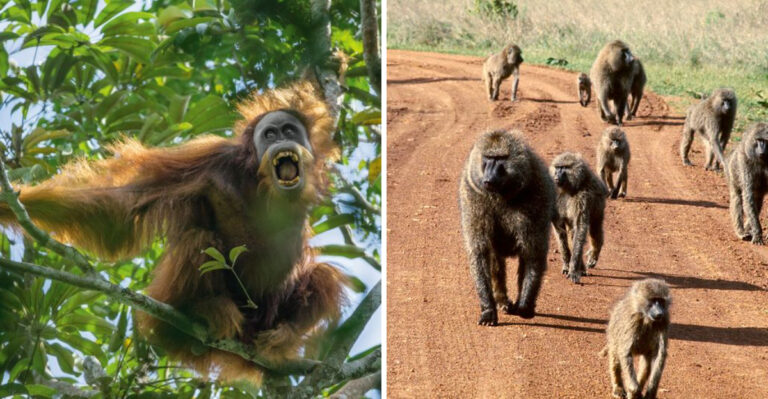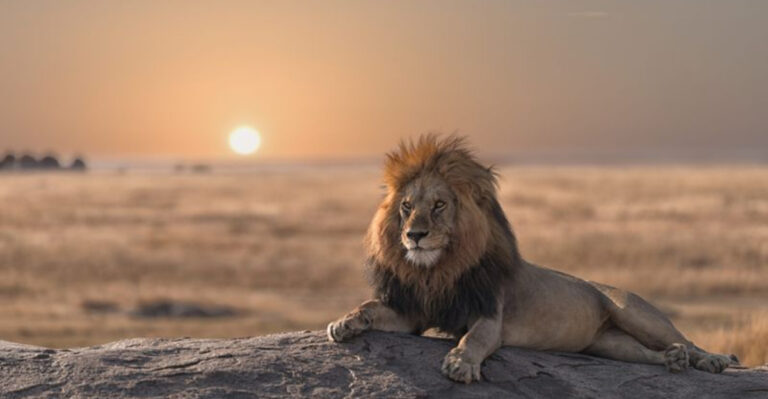Have You Seen This Rare Ginger Albino Seal, Born Once Every 100,000 Births? Plus Fascinating Albino Animal Facts
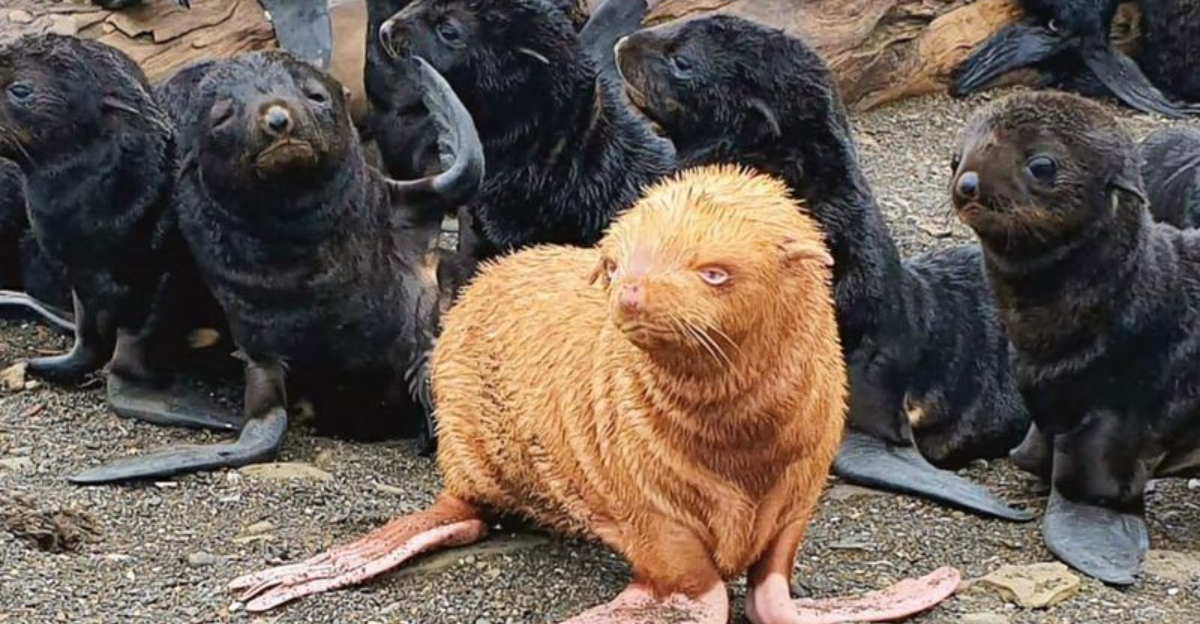
Have you ever seen an animal that looks like it came straight from a fairy tale? Ginger albino seals are among the rarest creatures on our planet. These orange-furred, blue-eyed wonders occur just once in every 100,000 seal births!
Let’s explore what makes these magical marine mammals so special, along with some surprising facts about other albino animals.
1. One In 100,000 Birth
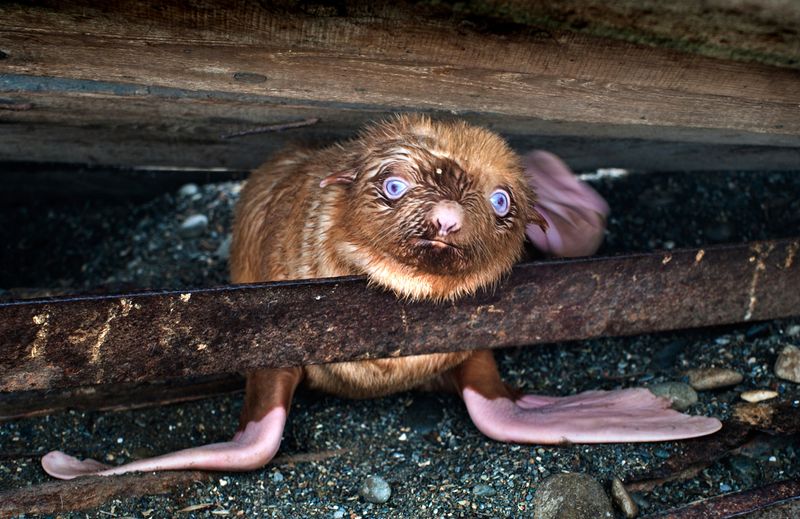
Lightning strikes are more common than spotting these copper-colored seals! The 1-in-100,000 statistic makes them among the rarest genetic phenomena in marine mammals.
Scientists believe this unique coloration comes from a recessive gene that affects melanin production, creating that eye-catching ginger coat instead of the typical gray.
2. Spotted In The Sea Of Okhotsk
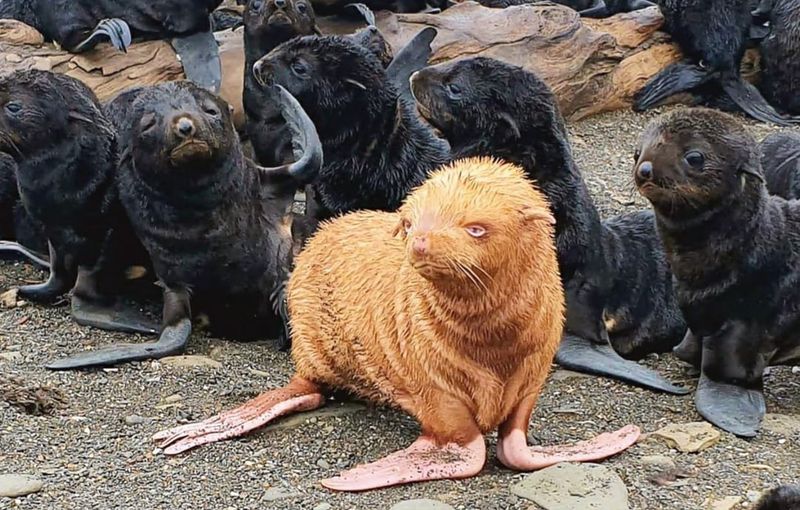
Russian waters hide nature’s rarest treasures! The Sea of Okhotsk, nestled between Russia’s Kamchatka Peninsula and mainland Asia, serves as the primary habitat for these extraordinary seals.
First documented by wildlife photographers in 2011, this remote, icy region provides crucial breeding grounds for many marine mammals, including these ginger rarities.
3. Bright Orange Fur And Blue Eyes
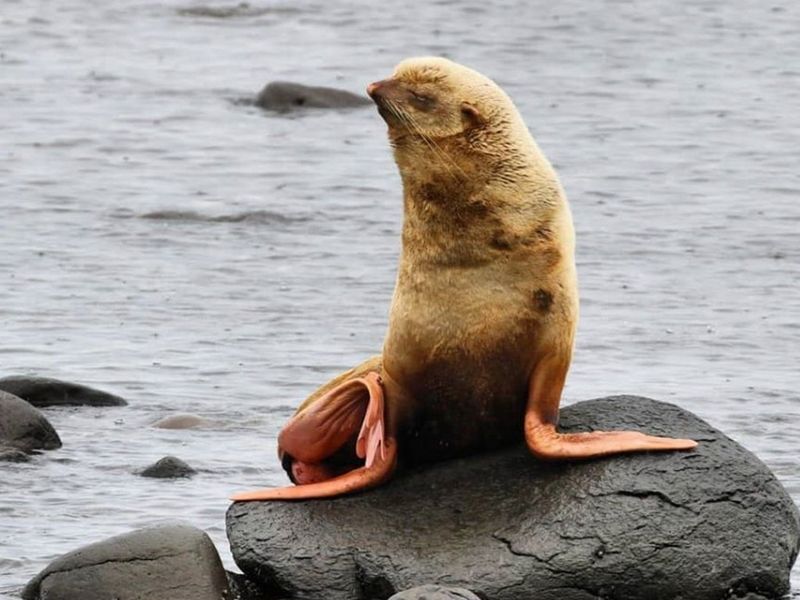
Mother Nature sure has a flair for dramatic color combinations! The seal’s bright orange fur paired with striking blue eyes creates a look that seems almost deliberately designed.
This unusual coloration results from a genetic quirk affecting melanin production. Unlike traditional albinism that produces white fur and pink eyes, this partial albinism creates the stunning ginger-blue combo.
4. A Pup That Stands Out
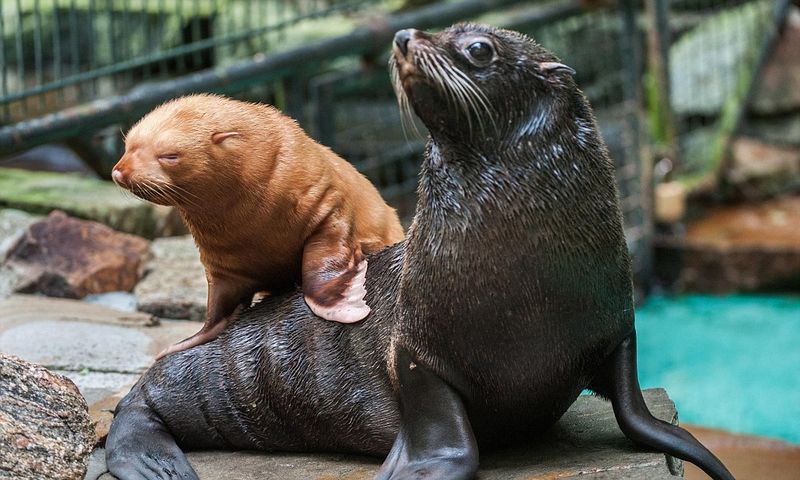
These copper-colored pups can’t exactly blend into the crowd of their gray-furred siblings and colony members.
Their distinctive appearance makes them instantly recognizable to both researchers and predators alike. While adorable to humans, this visibility can pose serious survival challenges in the wild.
5. Risk Of Rejection By The Colony

Looking different can be tough in the animal kingdom! These flame-haired seals sometimes face rejection from their own colonies due to their unusual appearance.
Mother seals might abandon their ginger pups, confused by their strange coloration. Fellow seals may also shun them, treating the orange oddity as an outsider rather than a member of their tight-knit community.
6. Not A True Albino, But Partial

Science loves precise labels! These ginger beauties aren’t technically full albinos but have a condition called “leucism” or partial albinism.
While true albinism results in complete lack of melanin (creating white fur and pink eyes), these seals produce some pigment. This partial melanin deficiency creates their signature orange fur and unusual blue eyes.
7. Experts Say It’s Extremely Rare
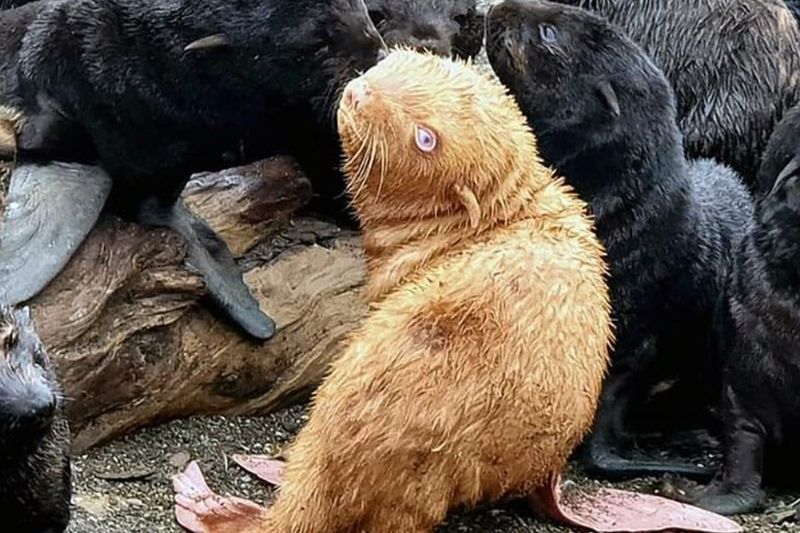
Marine biologists get seriously excited about these orange oddities! Wildlife experts consider the ginger albino seal one of the most unusual genetic variations they’ve documented in pinnipeds.
Their rarity makes each sighting a significant scientific event worth documenting extensively.
8. Healthy Despite Unusual Appearance

Good news for orange seal fans! Despite their unconventional looks, most ginger seals appear otherwise perfectly healthy.
Their condition affects primarily appearance rather than physical function. While they face social and predation challenges, their internal organs, swimming abilities, and other biological systems typically develop normally, giving them a fighting chance at survival.
9. Possible Sensitivity To Sunlight
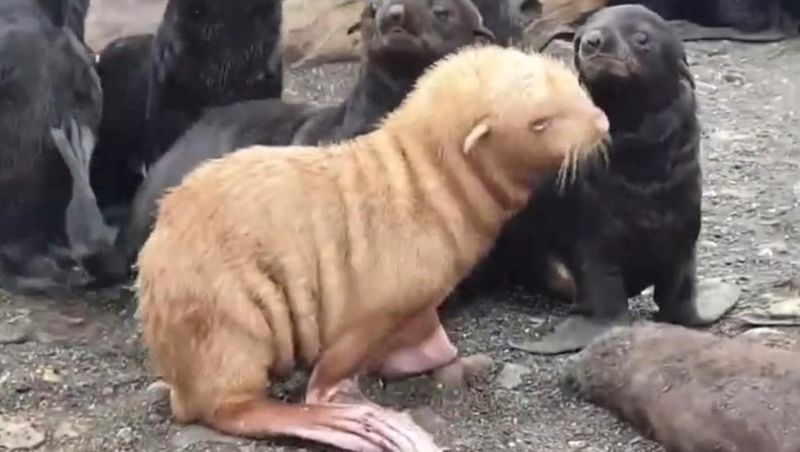
Even seals need sunscreen sometimes! Like many creatures with albinism or leucism, these ginger seals may have increased sensitivity to sunlight.
Their reduced melanin offers less natural protection against harmful UV rays. This vulnerability potentially causes sunburns, eye problems, and increased skin cancer risk, making shady ice floes and cloudy days their best friends.
10. First Photos Captured In The Wild
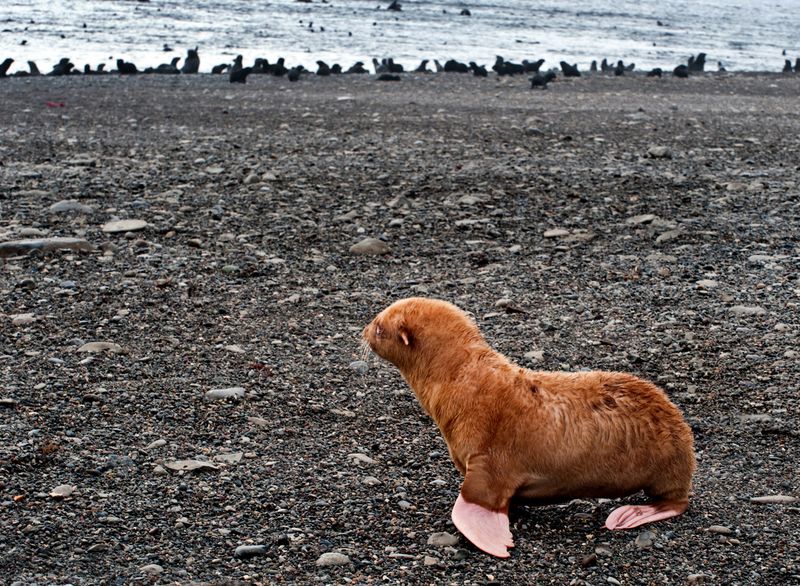
Camera-shy no more! The world’s first documented wild ginger seal photos came from photographer Anatoly Strakhov in Russia’s Sea of Okhotsk in 2011.
His remarkable images quickly went viral, introducing these flame-colored creatures to an astonished global audience. Before these photos, many people, including some marine biologists, had no idea such dramatically colored seals existed.
11. Albinism Affects All Kinds Of Animals
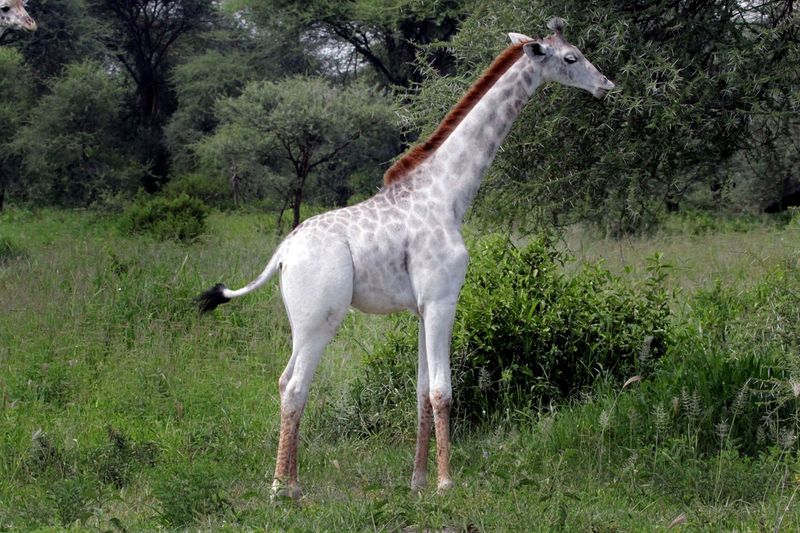
Nature’s color-changing trick isn’t just for seals! Albinism appears across the animal kingdom – from snowy alligators in Florida to ghostly white ravens and creamy-colored giraffes.
This genetic condition affects mammals, birds, reptiles, amphibians, and fish. Each white wonder provides scientists valuable insights into genetic inheritance patterns and how melanin influences development across species.
12. Albino Animals Often Struggle In The Wild
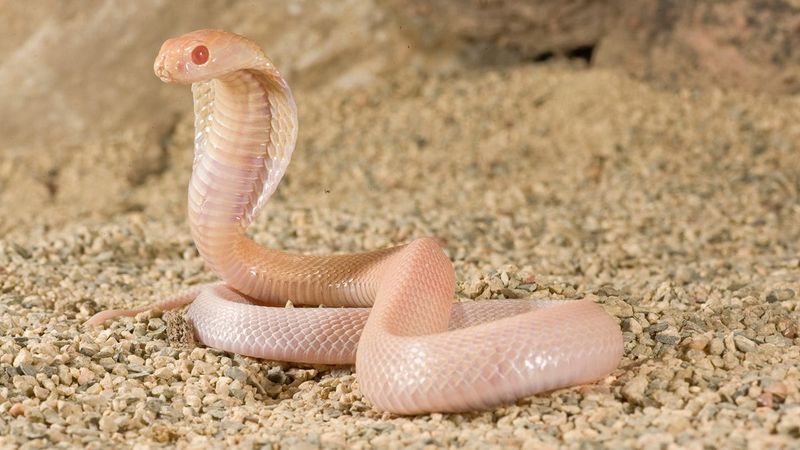
Standing out isn’t always a good thing! Albino creatures face tough survival odds in nature, with many not reaching adulthood.
Their conspicuous coloration makes hiding from predators nearly impossible. Imagine trying to blend into the forest when you’re bright white! Many also suffer vision problems, making hunting difficult. These challenges explain why albinism remains rare despite occurring in most species.
13. Lack Of Pigment Makes Them Vulnerable
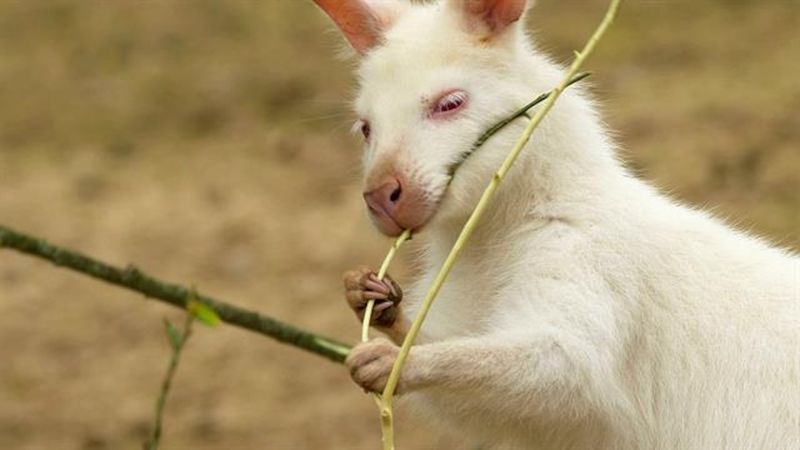
Missing melanin means more than just unusual looks! Melanin does far more than color skin and fur – it protects against UV radiation and plays roles in vision and nervous system development.
Without this crucial pigment, albino animals often develop poor eyesight, skin problems, and even neurological issues. The same genetic blessing that makes them beautiful can significantly complicate their lives.
14. Albino Animals Can Appear In Any Species
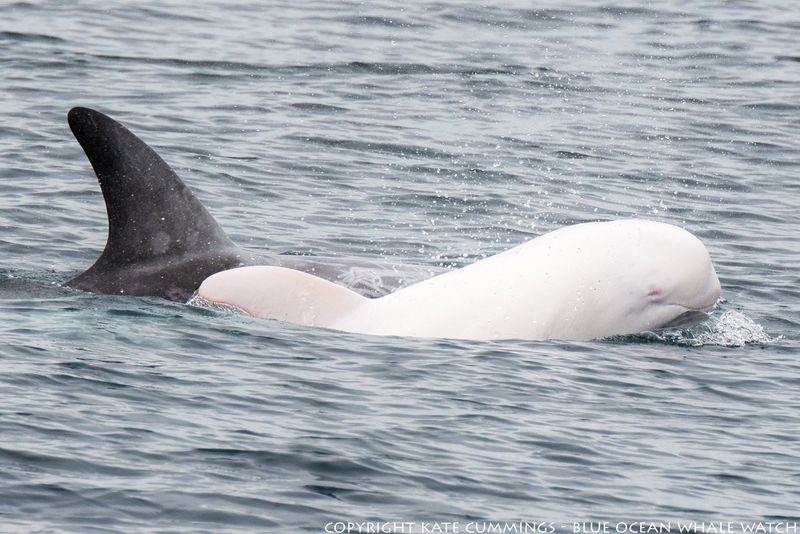
From deep sea to mountain peak, albinism knows no boundaries! This genetic phenomenon has been documented in everything from tiny insects to massive whales.
Fascinating examples include alabaster alligators, pearl-white peacocks, and ivory pythons. The condition follows similar genetic patterns across vastly different species, demonstrating the fundamental similarities in how DNA controls pigmentation throughout the animal kingdom.
15. Beauty That Comes With Challenges
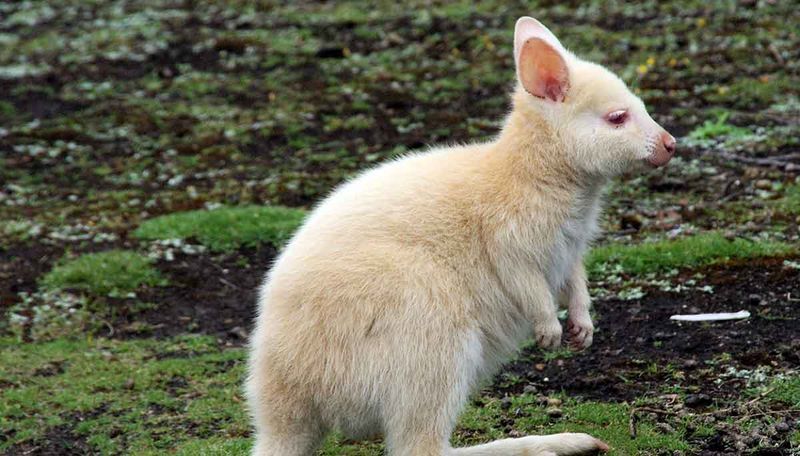
Mother Nature’s double-edged sword! While humans often find albino animals mesmerizingly beautiful, this striking appearance comes with significant survival costs.
In some cultures, these rare creatures are considered sacred or magical. Tragically, this special status sometimes makes them targets for poaching. Their unusual beauty creates both fascination and vulnerability – a reminder that being extraordinary in nature isn’t always advantageous.


